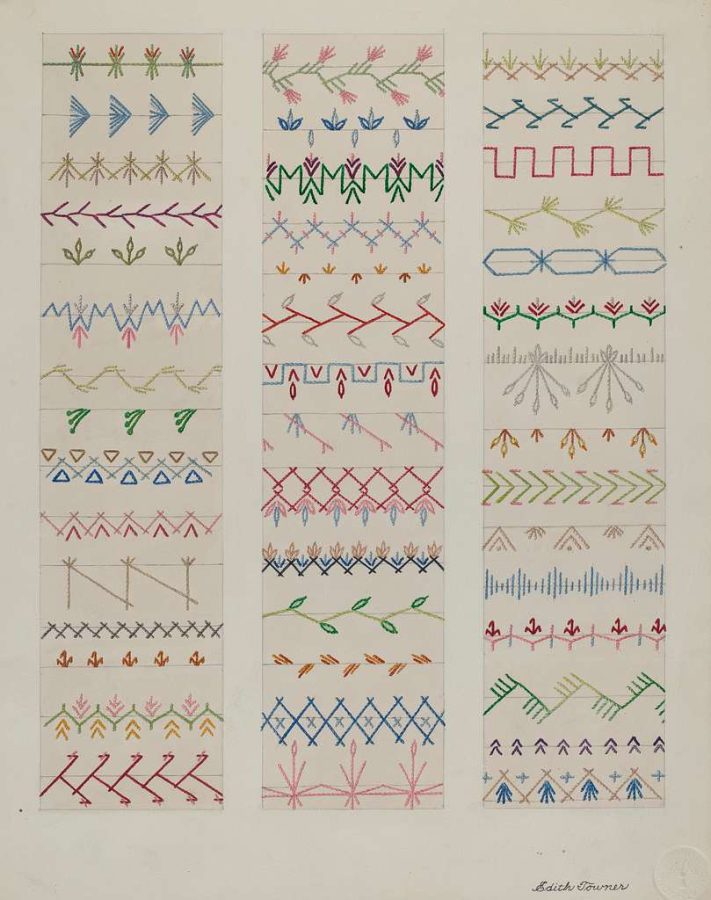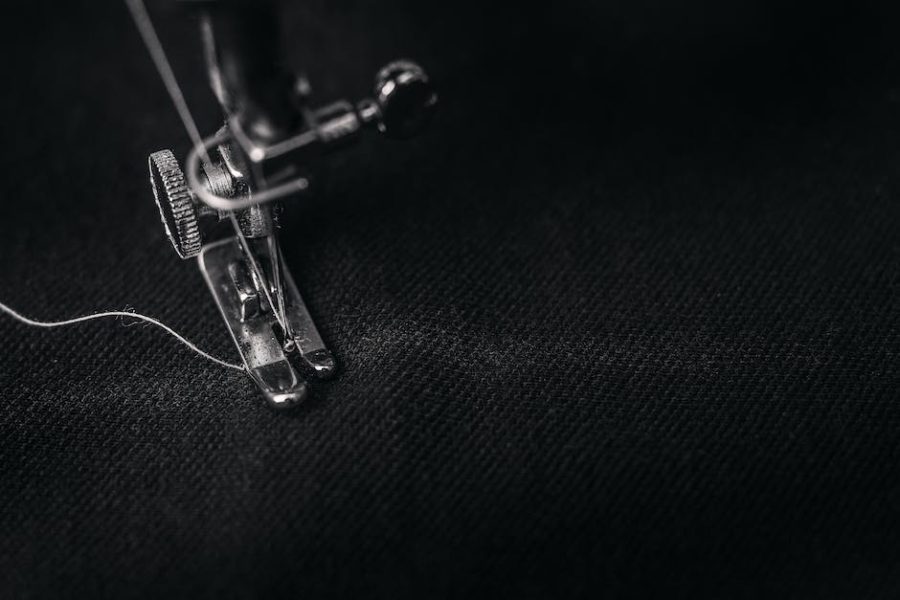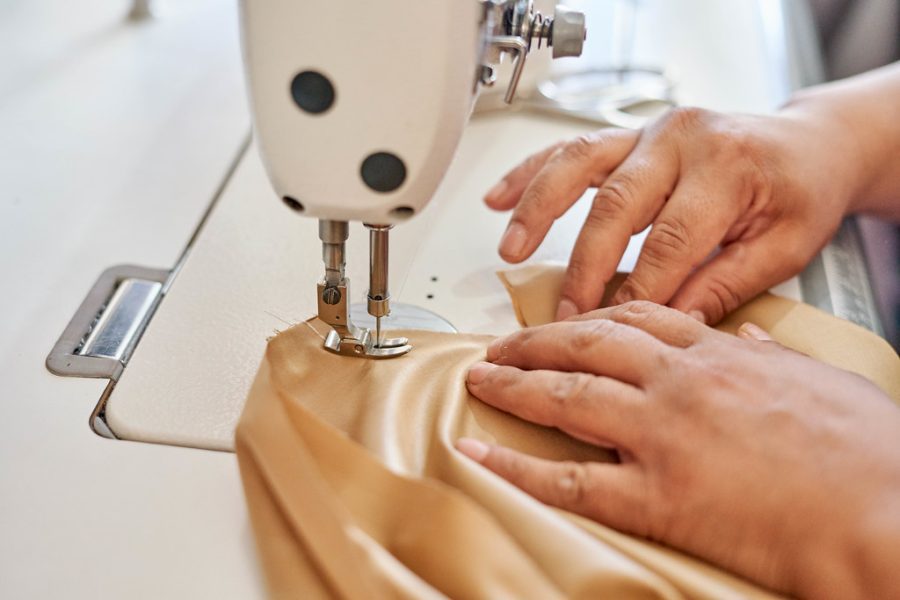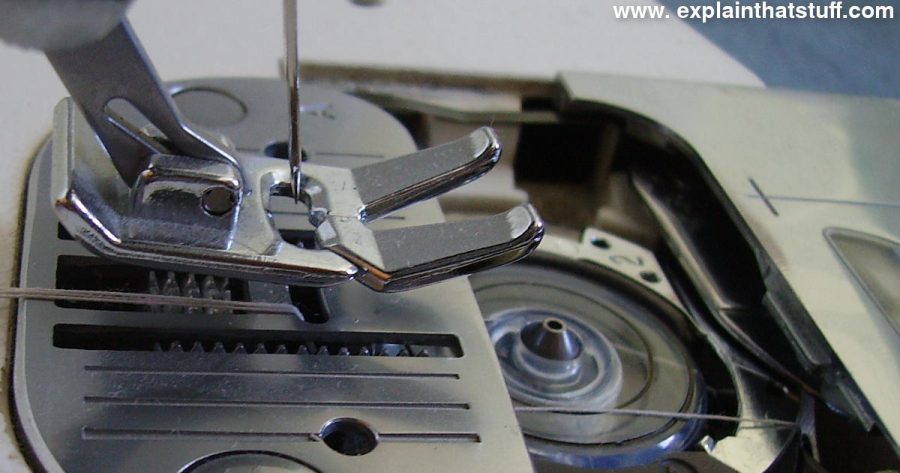Introduction
In the realm of fabric and thread, two words commonly come up: stitching and sewing. While these terms might seem interchangeable, there are some notable differences between the two techniques. Let’s explore the world of stitching and sewing and shed light on their unique characteristics.
What is Stitching?
Stitching refers to the process of joining fabric or other materials together using a needle and thread, typically with a repetitive motion. Simply put, stitching is the act of making multiple small, evenly spaced stitches to create a secure bond. It is commonly used in embroidery, quilting, and decorative design work.
Types of Stitches
Various types of stitches can be used in stitching, depending on the purpose and desired outcome. Some common stitching techniques include:
- Straight stitch: This is the most basic and commonly used stitch, consisting of a straight line of stitches.
- Zigzag stitch: This stitch creates a zigzag pattern, which offers more flexibility and durability.
- Running stitch: Also known as basting stitch, it is a simple, temporary stitch used for holding fabric layers together.
- Backstitch: This stitch creates a strong, secure line by overlapping each stitch.
What is Sewing?
Sewing, on the other hand, encompasses a broader range of techniques. It involves stitching but also includes various other methods of creating fabric items. Sewing can involve activities such as cutting fabric, patternmaking, attaching buttons, zippers, hems, and more. It takes into account construction techniques while creating garments, accessories, or other fabric-based projects.
Different Forms of Sewing
When we talk about sewing, we delve into different forms of the craft:
- Hand sewing: This traditional method relies solely on one’s hands, needle, and thread. It allows for meticulous detailing and customization.
- Machine sewing: With advancements in technology, sewing machines have become an essential tool. Machine sewing allows for faster production, accurate stitching, and greater convenience.
- Industrial sewing: This form of sewing is usually performed in factories and involves specialized machines capable of handling heavy-duty materials.
Conclusion
In summary, while stitching is a specific technique within the broader realm of sewing, the two terms carry distinct meanings and purposes. Stitching involves the repetitive act of joining materials with small, evenly spaced stitches. Sewing encompasses stitching and other techniques involved in fabric construction, which can range from hand sewing to machine and industrial sewing. Whether you are interested in creating intricate embroidery designs or constructing garments, understanding the differences between stitching and sewing is crucial for mastering the craft!





Very informative post
Gina Murrell: Great resource to have
This is a great resource to have for learning the basics of the two different methods. Stitching and sewing are both important techniques to understand for any hobbyists or fashionistas out there wanting to create their own designs. They may seem similar, but there can be quite a difference when it comes to certain projects. Knowing the basics of both methods can help you to make the right decision when choosing which one to use.
Great post – thanks for sharing!
Fascinating information – thank you!